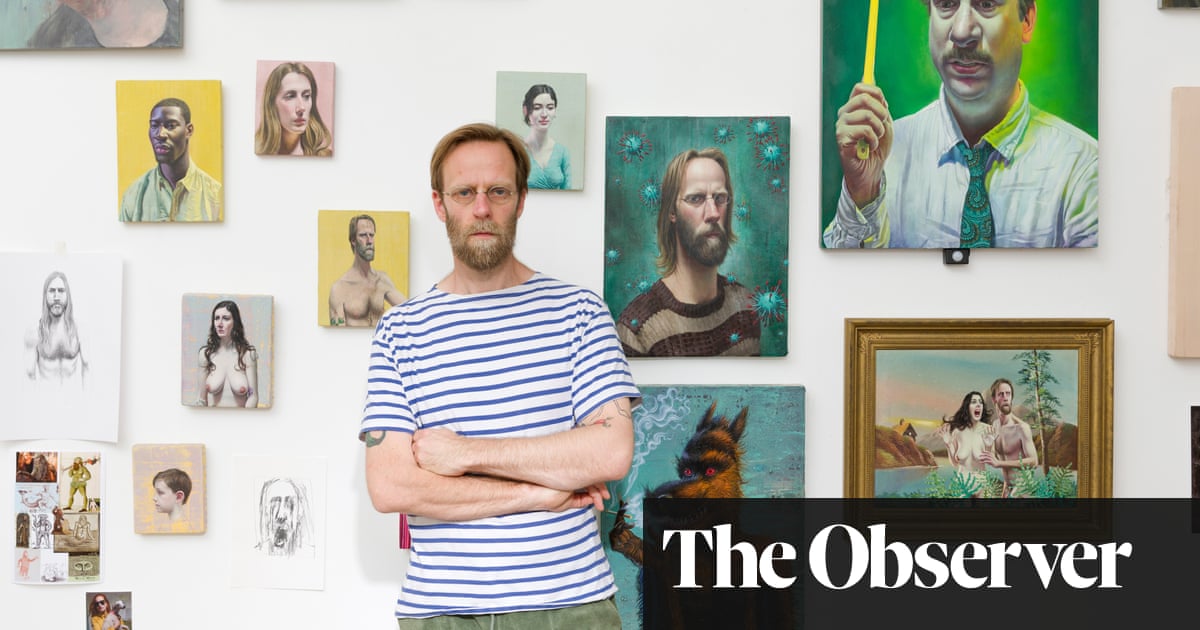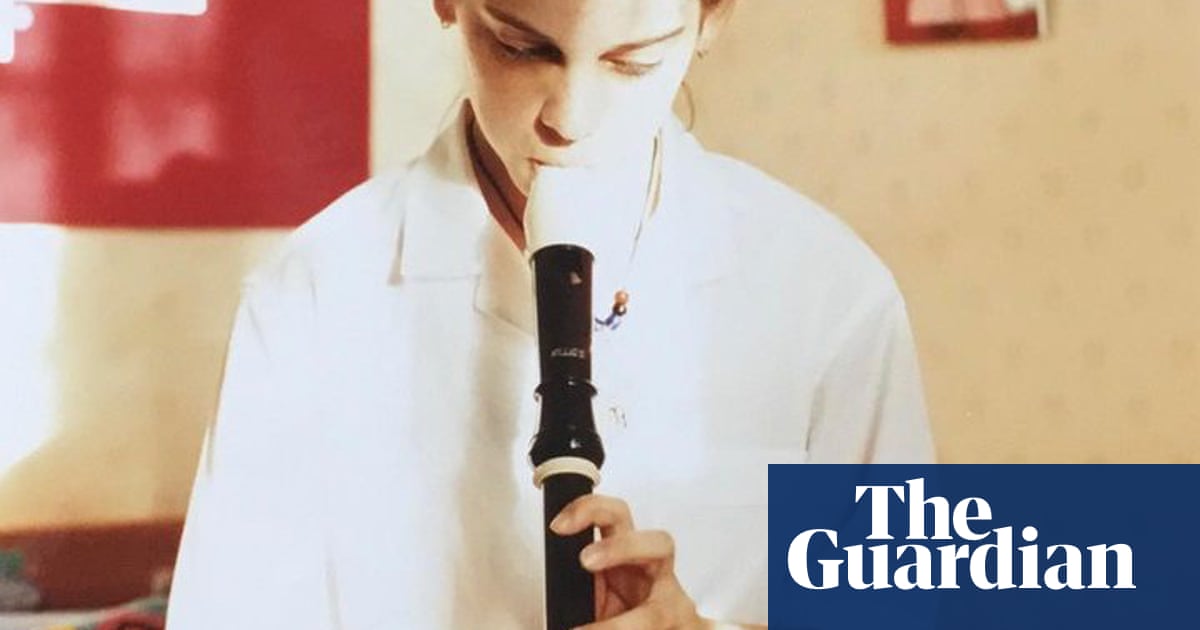
‘Last night,” says Laima Leyton, “I went to bed with a sticky thought. I was wondering why many of the women artists I love were not mothers: Laurie Anderson, Pauline Oliveros, Marina Abramović. I felt sad, as if they had more time for their work because they didn’t have to care for others. As if their solid, amazing work was their babies.”
Earlier this year, I interviewed 50 female artists – Leyton among them – about the impact of motherhood on their work. A similar “sticky thought” has nagged all of them, at one stage or another. Juggling motherhood and any career can be a struggle, but there seems to be something about the role of artist that makes the combination more than usually problematic.
There are the old cliches, of course. Writer Cyril Connolly’s condemnation of petty domesticity – “There is no more sombre enemy of good art than the pram in the hall” – and Tracey Emin’s oft-quoted line: “There are good artists that have children. Of course there are. They are called men.”
Many artists had received stern warnings about motherhood. “I’ve never known of a woman whose career carries on once they have children,” painter Ishbel Myerscough was informed by an art dealer’s wife. The choice is often presented as binary: art or children.
For five years, the Freelands Foundation has gathered data on the representation of women in the British art world. Tracking figures ranging from the numbers of A-level art students (75% of whom are girls) to the proportion of high-grossing sales at auction by female artists (3%), its latest report, Representation of Female Artists in Britain, lays out a stark parting of fortunes.
According to the report’s data, gathered by the artist and academic Kate McMillan, in career terms, the sharpest divergence between women artists and their male contemporaries occurs after graduation and before gaining commercial recognition. Lest you dare entertain such a thought, that’s not because young male artists make better work. The long-running showcase for recent graduates New Contemporaries is selected “blind”. Figures for the last decade show a roughly even gender balance (if anything New Contemporaries has been fractionally tilted toward female artists: 51%). Yet only 35% of the living artists selected for representation by commercial galleries in Britain are female.
Something seems to start derailing female artists’ careers in their 30s. There are many factors at play, but when I discussed the data with McMillan last year, we felt it was worth exploring a variable that wasn’t factored into the Freelands Foundation reports or similar studies around the world – motherhood. My resulting essay – Full, Messy and Beautiful – was published alongside this year’s report.
Female artists from across the UK responded to my open call to be interviewed about the impact of motherhood on their work. Their experiences ranged from late pregnancy to grandmatriarchy, and they worked in fields as diverse as illustration, sound and performance art. Many wrote or spoke to me at length: outpourings of brutal, painful honesty. Motherhood was not a subject most artists had been invited to talk about before. Many felt they needed to keep the two sides of their identity separate, as though they were somehow operating beneath the radar: secret mothers, infiltrating the house of art.
“My experience,” Anna Perach told me, “is that motherhood is considered a bit taboo in the art world. It is accepted as if the artist ‘sold out’ or joined the bourgeoisie. It’s often met by others in the art community with a mix of underlying feelings of rejection, jealousy, or both.”
The art world is not well structured to accommodate care for young children. Early evening private views, during which artists network and much business gets done, clash precisely with “the holy trinity of supper, bath, bedtime in houses with small kids”, explained WK Lyhne.
Residencies are tough if not impossible for those looking after young children. Childcare can’t be listed as a work expense in applications for Arts Council grants. Very few studio complexes have creche facilities. Some galleries help artists with childcare when installing an exhibition, but they are in the minority. In general, it is the artist mother who is expected to be flexible and accommodating, not the institution.
Art doesn’t come with a fixed wage or an established career trajectory: the making of it doesn’t have an easily quantifiable value. How to justify spending money on childcare? “Paying for time needed to do speculative work, work that might not sell, or not be sold for months or years, is hard to justify,” said Catherine Kurtz.
Things are starting to change. There’s now a Mother Art prize, and there have been recent exhibitions on birth and pregnancy (of course, not all artist mothers make art about motherhood). Specific galleries were praised for being thoughtful and accommodating.
In an industry that deals overwhelmingly in intangible qualities – buzz, aura, image – there is quite simply a problem of perception. “Women artists are marginalised generally,” as Jemima Burrill put it. “Mothers are almost beyond the pale.”
Rather than being treated as unfortunate or even catastrophic, motherhood should be a cause for jubilation. There are – and have been – great artists who were also mothers, among them Artemisia Gentileschi, Barbara Hepworth and Alice Neel. Perhaps if we celebrate them as such we might start to dispel that “sticky thought” that a woman cannot excel as both.
• Hettie Judah’s essay Full, Messy and Beautiful is published as part of the Freelands Foundation report The Representation of Female Artists in Britain During 2019.












